Amprobe AT-2005-A Handleiding
Amprobe
Niet gecategoriseerd
AT-2005-A
Bekijk gratis de handleiding van Amprobe AT-2005-A (2 pagina’s), behorend tot de categorie Niet gecategoriseerd. Deze gids werd als nuttig beoordeeld door 233 mensen en kreeg gemiddeld 3.8 sterren uit 117 reviews. Heb je een vraag over Amprobe AT-2005-A of wil je andere gebruikers van dit product iets vragen? Stel een vraag
Pagina 1/2

Use R2000 & S2600-A (LSGs)
1. Plug the alligator clip cordset into the
LSG and connect one clip to ground.
2. Connect the other clip to one terminal
of a battery (at least 9V).
3. Using a separate jumper, connect the
other battery terminal to the faulted
wire.
4. Set the R2000 to the ‘SHORT’ mode
and adjust the sensitivity and range
switch until 8–9 LEDs are displayed.
5. Trace the wire. The fault will be at the
point where you begin to lose the
signal.
Advanced Wire Tracer
AT-2000-A Series
The AT-2000-A series consists of individual components with unique capabilities. This label describes the capabilities
of the complete system (AT-2005-A). Any other system in this series can be upgraded to include all of these
capabilities by simply purchasing the additional components.
CAUTION: Always verify that the voltage presence is not beyond the range of the instrument. 300V Max
Locating Ground Faults
A ground fault is a direct connection of the conductor to ground. A typical ground fault may cause a tripped circuit
breaker or a blown fuse ( in contrast to an ‘open’, which passes no current). In this situation, the B2024 battery
can be used as the current source. The high voltage from the B2024 will overcome a high resistance fault and will
produce a stronger signal. Also, you can use line voltage as the power source by connecting the S2600-A across the
breaker.
LSG
Fig. 2 Locating
Ground Faults
Identifying Circuit Breakers
Use R2000 & S2600-A (LSGs)
1. For 110V receptacle, connect pigtail cordset to LSG and plug into receptacle; for other voltages or connections,
use the Alligator-clip cordset.
2. The light will blink if connection is
correct.
3. Set the R2000’s range to x1; mode to
‘SHORT’, and thumbwheel to around 5.
4. Hold R2000 near LSG to verify its
operation.
5. At the breaker panel, pass the R2000
over the load side of each breaker,
always reducing the sensitivity when
more than 9 LEDs are lit.
6. The strongest signal indicates the
proper breaker.
LSG
LSG
R2000
OR
Fig. 1 Identifying Circuit Breakers
Amprobe®
www.Amprobe.com
info@amprobe.com
Everett, WA 98203
Tel: 877-AMPROBE (267-7623)
Amprobe® Europe
Beha-Amprobe
In den Engematten 14,
79286 Glottertal, Germany
Tel.: +49 (0) 7684 8009 - 0
P/N 2757342 Rev 002
11/2013 6001648 A
©2013 Amprobe
® Test Tools. All rights reserved.

Locating Opens
Use the R2000 & T2200
1. Plug the alligator clip cordset into the
T2200 and attach one clip to a separate
ground and the other to the wire.
2. Where possible, ground any adjacent
wires.
3. Set the T2200 to ‘HIGH’.
4. Set the R2000 to the ‘OPEN’ mode (use
the ‘SHORT’ mode if wire is in moist
soil). Adjust the sensitivity and range
switch until 8–9 LEDs are displayed.
5. Trace the wire. The open will be at
the point where you begin to lose the
signal.
Tracing Energized Wires
from the Panel to a Load
Use R2000, T2200, A2201, B2024 (optional).
1. Plug the A2201 and the B2024 into the
T2200.
2. Set the T2200 to ‘HIGH’.
3. Set the R2000 to ‘OPEN’ mode and adjust
the sensitivity and range switch until 8–9
LEDs are displayed.
4. Place the clamp around the energized
wire. Make sure it’s the ‘HOT’ wire only.
5. Trace the wire to identify the loads. You
may alternate between ‘OPEN’ and
‘SHORT’ mode and adjust the sensitivity
and range switch, as needed, to improve
signal detection.
Locating Shorts
Use R2000 & T2200
1. Plug the alligator clip cordset into the T2200. Set the T2200 to ‘LOW’ mode.
2. Attach one clip to one of the shorted wires and the other clip to the other wire.
3. Turn T2200 ‘ON’.
4. Set the R2000 to the ‘SHORT’ mode and adjust the sensitivity and range switch until 8–9 LEDs are displayed.
5. Trace the wire. The short will be at the point where you begin to lose the signal.
Identifying Wires in a Bundle
For energized wires, follow procedure under ‘Tracing Energized Wires’. At the bundle, separate the individual wires
from each other with your fingers to determine which wire is producing the signal.
For non-energized wires, follow the procedure under ‘Locating Opens’, and proceed as above.
R2000
T2200
Signal No Signal
Fig. 3 Tracing Open Wires
R2000
LSG
AD-1
No SignalSignal
Panel
Box
C2902
Cord Set
To Transformer
Fig. 4 Tracing
Energized Wires Tracing Energized Wires from
a Load to the Panel
Use R2000 & S2600-A (LSGs).
1. Plug the alligator clip cordset into the LSG.
2. Connect one clip to the ground separate
from the wire to be traced (the ‘HOT’ wire).
3. Connect the other clip to the ‘HOT’ wire (at a
110V outlet, you can use the AD-1 adapter).
4. Set the R2000 to the ‘SHORT’ mode and
adjust the sensitivity and range switch until
8–9 LEDs are displayed.
5. Trace the wire.
T2200
B2024
A2201
Fig. 5
Tracing
Downstream
Loads
Product specificaties
| Merk: | Amprobe |
| Categorie: | Niet gecategoriseerd |
| Model: | AT-2005-A |
Heb je hulp nodig?
Als je hulp nodig hebt met Amprobe AT-2005-A stel dan hieronder een vraag en andere gebruikers zullen je antwoorden
Handleiding Niet gecategoriseerd Amprobe

19 Juni 2023

14 Juni 2023

14 Juni 2023

9 Juni 2023

9 Juni 2023

6 Juni 2023

2 Juni 2023

1 Juni 2023

25 Mei 2023

11 Mei 2023
Handleiding Niet gecategoriseerd
- GRE
- Sungrow
- Starlight Xpress
- Recaro
- Vuze
- Leica
- Fluke
- Regula-Werk King
- Daikin
- Sound Devices
- Alba
- Arcelik
- Compex
- NUVO
- Fanatec
Nieuwste handleidingen voor Niet gecategoriseerd
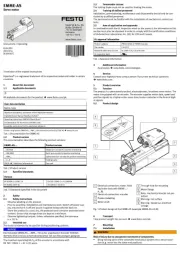
1 Augustus 2025
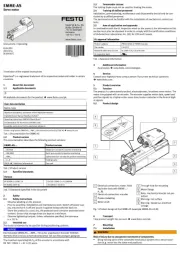
1 Augustus 2025
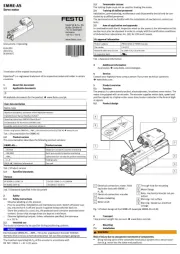
1 Augustus 2025
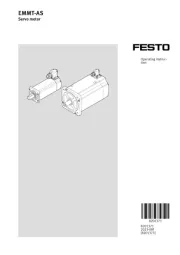
1 Augustus 2025
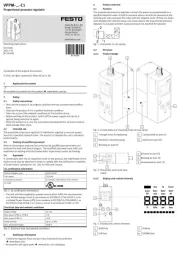
1 Augustus 2025
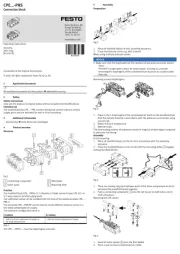
1 Augustus 2025
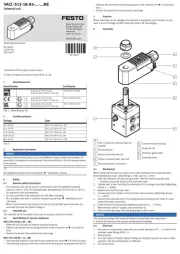
1 Augustus 2025
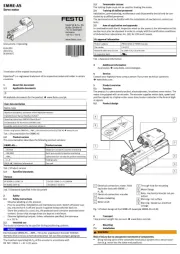
1 Augustus 2025
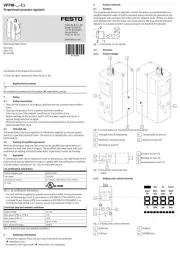
1 Augustus 2025
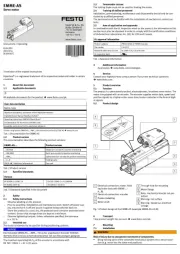
1 Augustus 2025